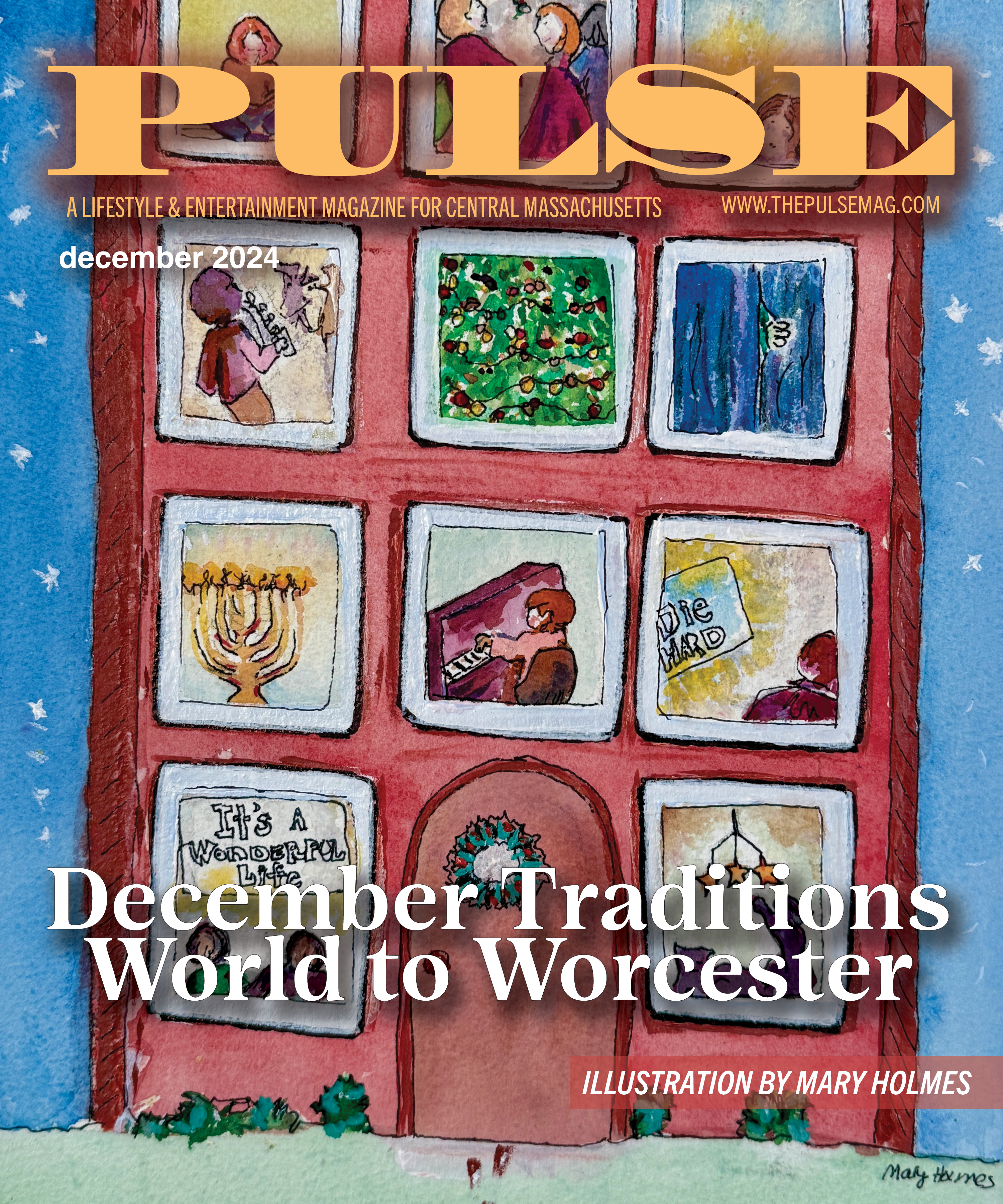
Tonics have been made by medicine men, healers and pharmacists for centuries, and often these healing recipes have become mainstream alcoholic beverages today.
Apothecaries soaked the herbs and bark in alcohol to extract and preserve the active ingredients of an herb. Then, they added a little bit of sugar to make the concoction taste better, thus creating a liqueur. During the 19th century, malaria was a major killer throughout the world, so many people worked on behalf of governments to create preventatives and cures for the illness. Quinine, which is made from South American cinchona bark, has been used to fight malaria since at least the mid-17th century, and it is still used today. Several malaria prophylactics created during the 1800s are now very popular among America’s top cocktail mixologists and have made their way back onto liquor store shelves. Bonal, Byrrh, Cocchi Americano and Kina L’Avion d’Or are all wines and chincona-based aperitifs known as quinquinas, which started as herbal remedies first created in the 19th century.
 The original recipe for Byrrh (pronounced BEER) was developed in 1866 by Violet Frères of Thuir, France, where it is still made today. Byrrh Grand Quinquina is a blend of cinchona, exotic spices and botanicals in a base of Mistelle (grape juice fortified with brandy) and local Grenache, which is then aged in large oak barrels. A mere 18 percent alcohol, the flavor is like a lighter ruby port with a bitter edge imparted from the chincona. Try it over ice with a bit of soda. Byrrh’s long legacy has been documented by a half-century of magnificent poster art.
The original recipe for Byrrh (pronounced BEER) was developed in 1866 by Violet Frères of Thuir, France, where it is still made today. Byrrh Grand Quinquina is a blend of cinchona, exotic spices and botanicals in a base of Mistelle (grape juice fortified with brandy) and local Grenache, which is then aged in large oak barrels. A mere 18 percent alcohol, the flavor is like a lighter ruby port with a bitter edge imparted from the chincona. Try it over ice with a bit of soda. Byrrh’s long legacy has been documented by a half-century of magnificent poster art.
Second, at only 16 percent alcohol, Bonal Gentiane-Quina was first produced in 1865. It is made by an infusion of gentian root (known for its use as a digestive aid), cinchona and other renowned herbs of the Grand Chartreuse Mountains in a Mistelle base. The result is a ruddy, reddish-brown, somewhat sweet, wine-based pick-me-up that is traditionally enjoyed neat or with a twist. Known as “ouvre l’appétit” (the key to the appetite), it found popularity with sportsmen and became an early sponsor of the Tour de France.
Next is another 18 percent alcohol product made in Switzerland that goes by the eloquent name Kina L’Avion d’Or. This quinquina reflects an Alps-Provence style: white wine made from the Piedmont-grown cortese grapes is infused with cinchona bark, orange peel, wormwood and other exotic spices to give a beautiful deep golden hue, an aroma of quince and fine marmalade, with a complex, mildly bitter taste that teases the tongue, as its well-balanced sweetness prolongs the finish. Kina Avion d’Or is wonderful on its own, chilled, on ice or mixed with soda for a refreshing, low-alcohol drink. It is also absolutely spectacular in classic cocktails, such as the 20th Century or Corpse Reviver #2.
 Our final quinquina is a 16.5 percent alcohol white aperitif called Cocchi Americano, which has been made in Piedmont, Italy, using only natural ingredients from the same recipe since 1891. To aromatize the white wine, a secret blend of herbs and spices (including gentian, cinchona and bitter orange peels) are added to a sweet Moscato base, which is then steeped for a period of time. The result is an amazing combination of flavors that are sweet and savory, as well as bitter and flowery. Cocchi Americano is used in many classic cocktails, including James Bond’s The Vesper, the Negroni Bianco or this aperitif’s namesake, The Americano.
Our final quinquina is a 16.5 percent alcohol white aperitif called Cocchi Americano, which has been made in Piedmont, Italy, using only natural ingredients from the same recipe since 1891. To aromatize the white wine, a secret blend of herbs and spices (including gentian, cinchona and bitter orange peels) are added to a sweet Moscato base, which is then steeped for a period of time. The result is an amazing combination of flavors that are sweet and savory, as well as bitter and flowery. Cocchi Americano is used in many classic cocktails, including James Bond’s The Vesper, the Negroni Bianco or this aperitif’s namesake, The Americano.
Tim Korby is the director of Julio’s Liquors’ the-AngelShare.com online wine store. He started in the wine industry in California in 1976 and moved to the Boston area in 2000. In addition to being a retail wine buyer, he has taught wine courses since 1984 and has regularly written newsletters, articles and blogs since 1981. Korby travels the world several times each year to find just the right wines for his customers and to learn the true romance of the wines he sells.






